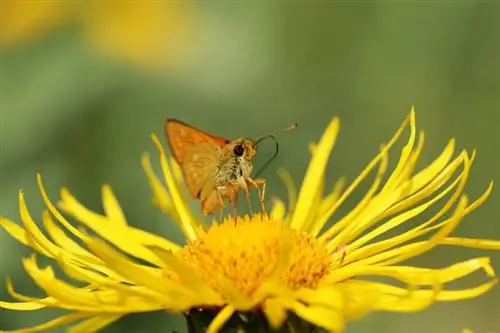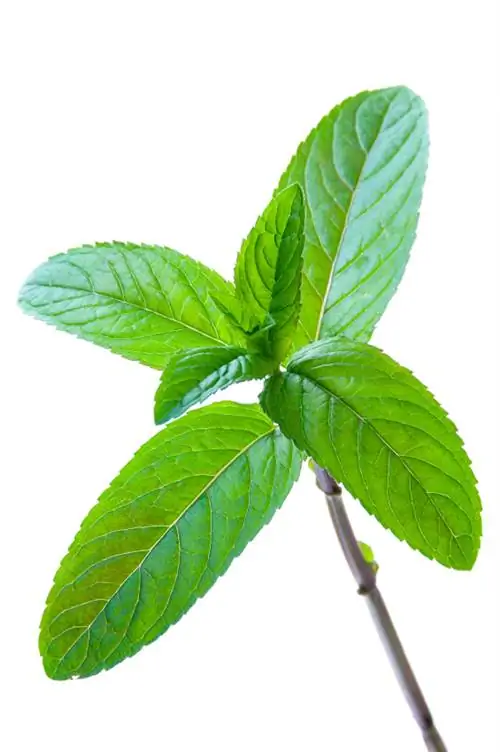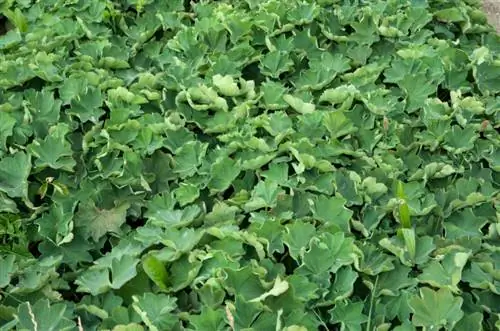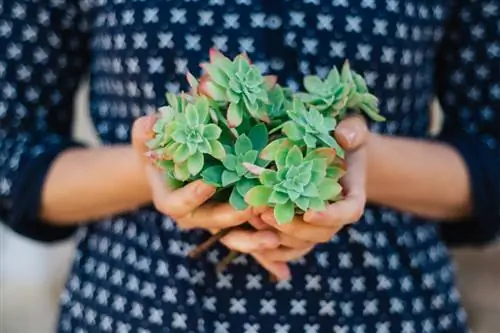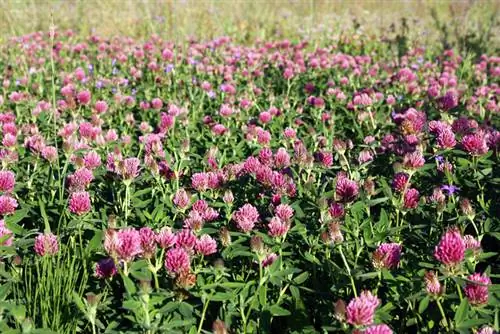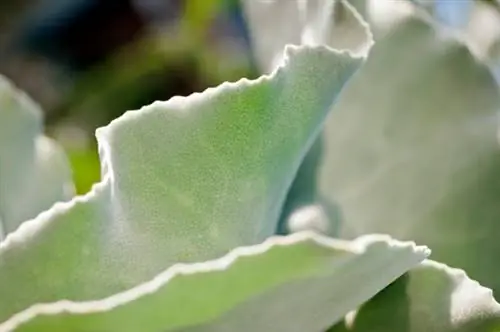- Author admin [email protected].
- Public 2023-12-16 16:46.
- Last modified 2025-01-23 11:20.
Elecampane likes to grow itself, so it is ideal for natural gardens or cottage gardens. In the wild, it prefers to grow along flowing water such as streams or rivers, but can also tolerate a little drought.
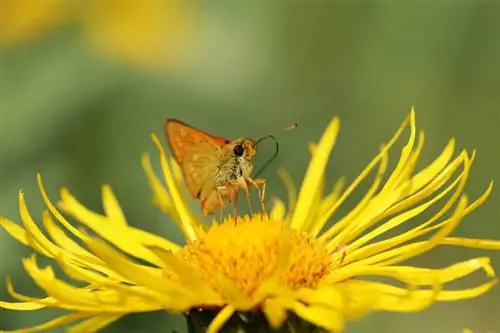
How can you successfully propagate elecampane?
Elecampane can be propagated by sowing or root division. When sowing the seeds should be lightly pressed and well moistened, but not covered with soil. Root division is best done in spring or late summer by carefully dividing the rhizome and placing it in the soil with organic fertilizer.
Sowing Elecampane
Like other self-seeding plants, elecampane is relatively easy to sow. It is one of the light germinators, which is why the seeds must not be completely covered with soil. It is enough if you press the seeds a little onto the soil and then moisten them well.
You can collect and dry the seeds of your own plants from around the end of September. Stored in a cool and dry place, the seeds will keep well until they are sown in March or April of the next year. If you would prefer to keep your elecampane on the windowsill, then start doing so in February.
Share Alant
The roots of the elecampane can weigh several kilos. Since elecampane is a medicinal plant, the root has medicinal properties. You can safely remove part of the root from an older plant or divide the root ball. Your elecampane will recover quickly. You can also use this opportunity to move your plants to a new location if necessary.
The best time for division is either late summer after flowering or spring before the elecampane sprouts again. This gives the plant enough time to gather new strength until winter or flowering. Dig up the rootstock carefully so as not to damage it. Divide it into two or more equal pieces and place them back in the ground.
To help the new plants get off to a good start, add some organic fertilizer (€56.00 on Amazon) to the planting hole. This can be horn shavings or well-rotted compost, depending on what you have on hand. Water the root pieces well.
The most important tips for propagation:
- easy to propagate
- including itself
- Light germinator
- Root division in spring or late summer
- Water the root pieces well
- add organic fertilizer to the planting hole
Tip
The simplest variant of propagation is self-sowing. Then all you have to do is let the young plants grow.

